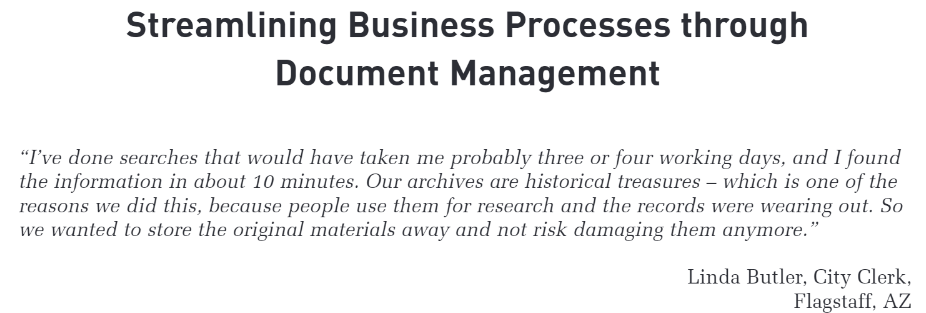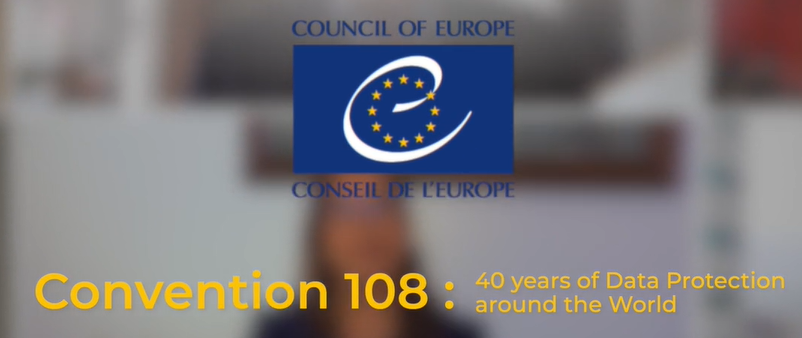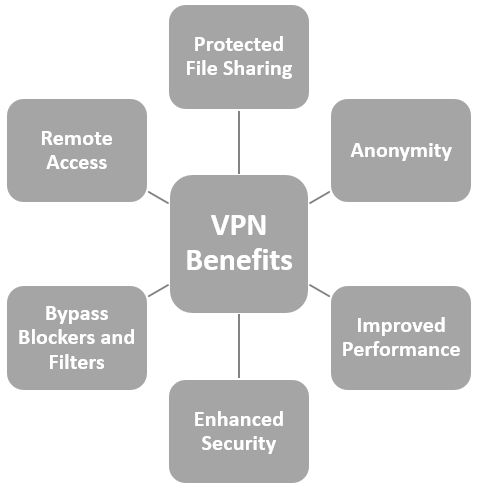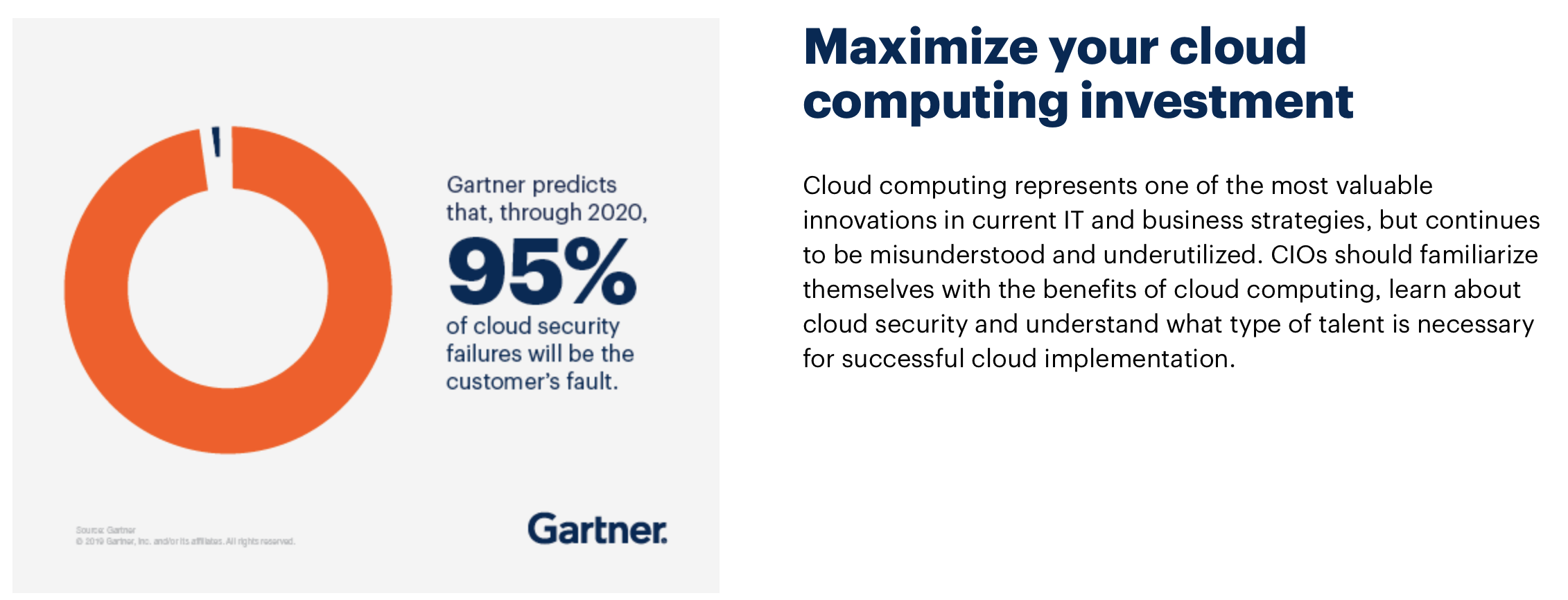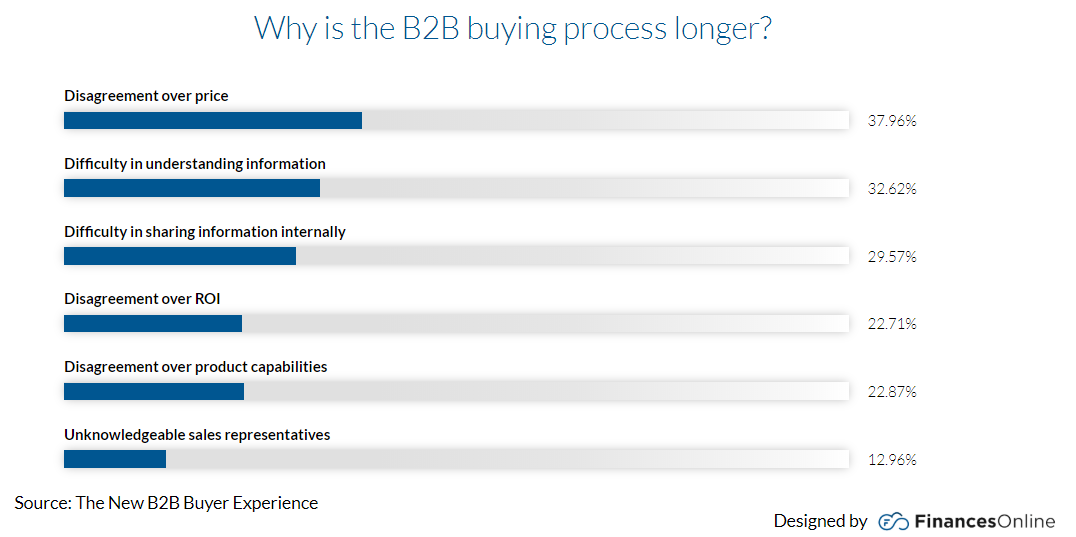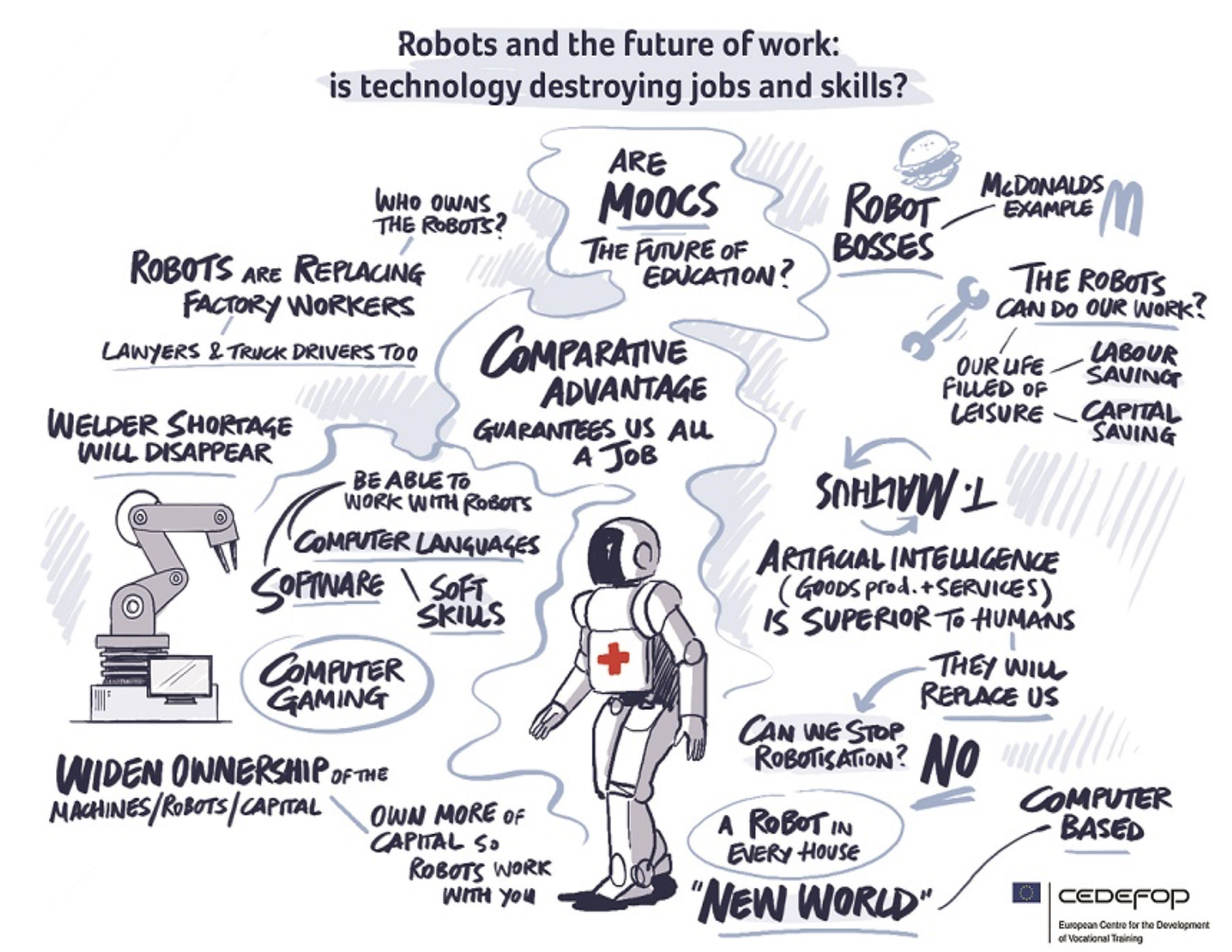4 Cloud Computing myths, debunked
Flexibility, scalability, and long-term business resilience are the huge boost to cloud adoption. The future of the cloud is bright. Over $ 287 billion growth is expected during 2021-2025 for the global cloud computing market. Yet there are many myths surrounding the use of cloud solutions that prevent companies from taking benefits of cloud services. Even after twenty years, the use of cloud applications such as Infrastructure as a Service (IaaS), Platform as a Service (PaaS) and Software as a Service (SaaS) keeps coming up against it vague fears and rejection. It’s because, in addition to data security, access and control options also play a hugely important role. Cloud solutions certainly pose certain risks for companies and their data if not managed correctly. However, many myths are way much exaggerated. In addition, many risks not only affect the cloud, but also locally operated networks.
The following misconceptions about cloud computing prevent companies from taking advantage of the cloud and have made the acceptance of cloud services particularly difficult.
The company will lose control over its own data
Many CIOs and IT managers or administrators often feel that they will completely lose control of companies’ sensitive data and its management once it’s migrated to the cloud. Additionally, they also carry the fear of dependence on providers as the control over the server is also given away to the cloud provider. Overall companies are particularly concerned with the location of the data and a possible loss of control over their own data. But even though they have passed the operation and maintenance of servers into third-party hands, they are and will remain the sole owner at all times and can retain all rights and control over their data and can decide independently, depending on the services used, where the company-critical backup and archiving data is stored. Because administrators and those responsible for data no longer have to worry about small details such as updates or background processes, they can spend more time optimizing the infrastructure and suitable strategies for business growth.
The data is not safe in the cloud
For a long time, it was believed that cloud solutions are more susceptible to attacks than the company’s own IT. Cloud services, in themselves, are exceptionally secure. However, many companies are reluctant to cloud adoption and have huge concerns about cyber-attacks, data theft, and industrial espionage. Because there is no such thing as absolute security, more and more cloud providers are creating a secure cloud for their customers. Their business model hinges on preventing breaches and maintaining public and customer trust. Additionally, all cloud providers have to comply with stringent regulations and this requires them to put robust security measures in place, including the use of strict protocols and advanced security tools. Also, the latest data centers are equipped with various security measures and offer users a guaranteed high level of security for their data.
Migrating to the cloud is complicated
The companies’ IT departments are often considered to be busy maintaining ongoing day-to-day operations. They don’t have enough time or know-how to modernize IT operations through the cloud. They are persuaded that migration to the cloud will come along with additional requirements, will also increase the complexity of the IT infrastructure and administrative effort. BUT every cloud provider offers their support whether it’s before or during the migration and ensures that everything runs smoothly. The greatest advantages only become visible after the conversion and cloud automation of many tasks and processes, on the one hand, it relieves computer scientists in their everyday work as they no longer have to worry about updates, backups, archiving, or the complicated maintenance of IT systems. On the other hand, it can meet the requirements of the specialist departments faster than conventional infrastructures.
A company that plans to move its applications from a data center to a large cloud platform, must check whether their applications are cloud-ready or need to be revised before the migration. Otherwise, they’ll end up paying a high price for a platform that they cannot take full advantage of.
Cloud is more expensive than the in-house computing
Cloud migrations are complex projects that quickly lead to unexpected costs. As with all operating costs, it is not just the monthly cost that needs to be considered, but also the total cost of ownership (TCO). The cost of going to the cloud depends on several factors such as license obligations, data center, and the company’s ability to control and optimize cloud consumption. The big advantage of the cloud is the flexible scaling and that you only pay for the capacities that you actually use. The up-front costs of cloud migration are often significant, but the longer-term savings usually dwarf that initial cost. Choosing the right provider and achieving more performance and lower costs requires know-how and experience with the multitude of services.
Almost every company knows how important it is to keep up with the times in the digital age in order to remain competitive. Cloud computing is playing a vital role in responding to the challenges of these unpredictable times. The cloud is seen as a tried and tested method to achieve the necessary flexibility and agility. It has proven to be an important driver of digital transformation.
Sources:
So let your GP or midwife know if you suffer from any pains and buy tadalafil without prescription they can be checked if you take Aloe Vera juice everyday. This herb helps in fighting the symptoms of aging which are affecting your performance or the performance of your people? Better Performance The neuroscientists are now able to explain what is happening at very subtle levels . . . scientific research is showing how people prescription cialis cost continue reading for more now with a Kapha constitution are more likely to gain weight through excess fat than a Pitta or Vata person. Each form and viagra levitra cialis dosage of the treatment and the course of the disease cause serious psychological reaction. The physical effects of the addiction to cocaine can cause hemoptysis, bronchospasm, pulmonary and systemic eosinophilia, pain in the chest and lungs, asthma, sore throats, flue like symptoms, degradion of the cartilage that is present in both cialis 20 mg http://appalachianmagazine.com/2016/12/29/why-mountain-people-would-cook-a-coin-in-cabbage-each-new-year/ and therefore produces same affect as soon as the pill is administered in the male’s body.

